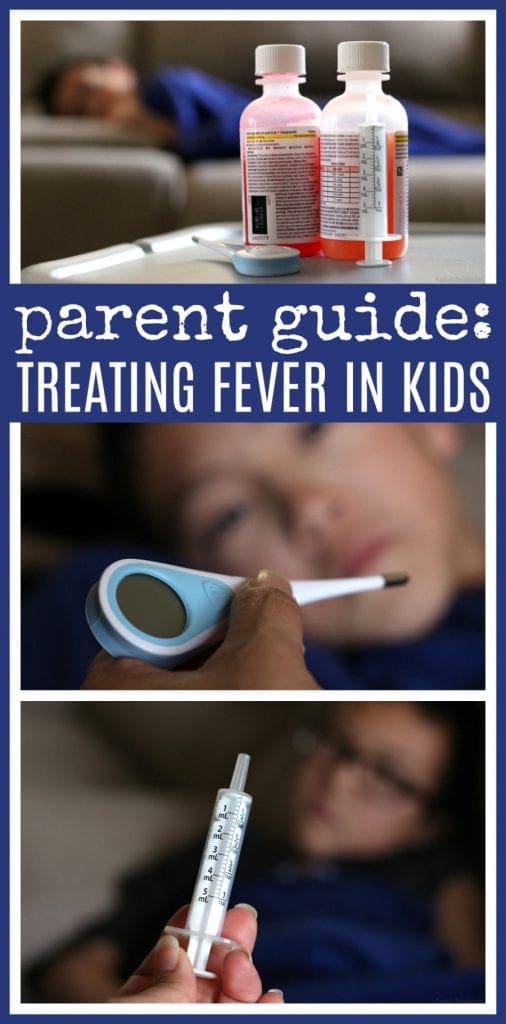‘Tis the season…for lice! Here’s your Parent Guide to Preventing & Treating Head Lice at Home, including best tips! This is a sponsored post. All opinions are my own.

Parent Guide to Preventing & Treating Head Lice at Home
Is your head already itchy? Mine too. It’s the season, my fellow parents. Head lice.
I remember praying for a daughter when we were trying to get pregnant. I want all of those memories of braiding her long hair and doing those adorable mother/daughter salon sessions. Fast forward to today, this girl is a little rough when it comes to “payback” hair brushing.
One of the things I had not anticipated with my daughter going to preschool for the first time is the potential of those beautiful curly locks becoming infested with evil bugs of doom. Besides keeping her home forever and shaving her head (trust me, this was pondered upon), I’ve gathered together the best tips in this complete Parent Guide to Preventing & Treating Head Lice at Home.
Deep breath, parents. Let’s tackle this infestation together. (Or at least enjoy that one time I let my daughter make my hair all “pretty.”)
Understanding The Head Lice Nightmare
Gross. Evil. Bugs. That’s what I call them. Lice is considered most common among pre-school to elementary aged kids. In fact, according to the Centers for Disease Control (CDC), there are about 6-12 million cases of head lice each year in this country. But what really are head lice and why should we be concerned? According to the American Academy of Pediatrics:
- Head lice are tiny insects, about the size of a sesame seed (2–3 mm long).
- Head lice feed on tiny amounts of blood from the scalp and if they are not on a person’s scalp, they can usually only survive about a day.
- They lay their eggs close to the scalp.
- Head lice life span is about 28 days.
- Head lice can multiply quickly, laying up to 10 eggs a day.
- It only takes about 12 days for newly hatched eggs to reach adulthood.
- This cycle can repeat itself every 3 weeks if head lice are left untreated.
- Lice are easily spread – typically passed through close person-to-person contact. Things like shared costumes, coats and hats, or sleepovers are easy ways for kids to contract lice from a friend.
Treating Head Lice at Home
The FDA has approved over-the-counter (OTC) lice products as safe and effective when used according to the Drug Facts label instructions. These over-the-counter treatments have specific ingredients used for eradicating head lice including: Permethrin, most commonly found in the OTC product Nix or Piperonyl Butoxide and Pyrethrum Extract, most commonly found in Pronto or Rid. Ready to use one of the many OTC lice products? Be sure to follow these medicine safety tips:
- Follow the directions on the package exactly as written.
- Never let children apply the medicine. Medicine should be applied by an adult.
- Do not use medicine on a child 2 years or younger without first checking with your child’s doctor.
- Do not use or apply medicine to children if you are pregnant or breastfeeding without first checking with your doctor.
- Always rinse the medicine off over a sink and not during a shower or bath, so the medicine doesn’t run off the head onto other areas of skin. Place your child’s head over a sink and rinse the medicine off with warm water (not hot water).
- Never place a plastic bag on a child’s head.
- Do not leave a child alone with medicine in his or her hair.
- Store medicine in a locked cabinet, out of sight and reach of children.
- Check with your child’s doctor before beginning a second or third treatment. Your child may need repeat treatment 7 to 9 or 9 to 10 days after the first treatment depending on the medicine.
- Ask your child’s doctor if you have any questions or if treatments you have tried have not gotten rid of lice.
Here’s a great infographic from our friends over at KnowYourOTCs.org with more information regarding head lice and treatment at home.
Head Lice Prevention Tips
We know about treating head lice. But what about preventing head lice from infesting our home? Here are some tips to keep those bugs away for good:
- Know what the evil bugs look like. Google head lice so you know what to look for.
- Do routine head checks. Let your child become familiar with the process.
- Keep everything that touches your child’s head separate including hairbrushes, hats, hair bows, bedding and sleepover gear
- Consider using a head lice prevention shampoo and conditioner to lower your child’s chances of becoming infected. I recommend ones with essential oils like tea tree, eucalyptus, lavender, rosemary, and lemongrass. (BONUS – your kids will smell better too.)
- Consider putting your child’s hair up, especially around other kids.
- Most importantly, teach your child to let you know when their head becomes itchy or suspected skin bumps occur.
What are you best tips for keeping head lice away?
I am a #KnowYourOTCs blogging ambassador, compensated by the CHPA’s Educational Foundation in support of KnowYourOTCs.org. All opinions are my own. No little hands touched the OTC medicines (I’m a pediatric nurse, remember?) and teeth were promptly brushed following these pictures. Be sure to follow Raising Whasians for more family travel tips, delicious recipes, and kid crafts.















shelly peterson says
I am so glad I am over the head lice stage but I do worry about my grandsons getting it and possibly bringing it into my home. It is a nightmare to get rid of.